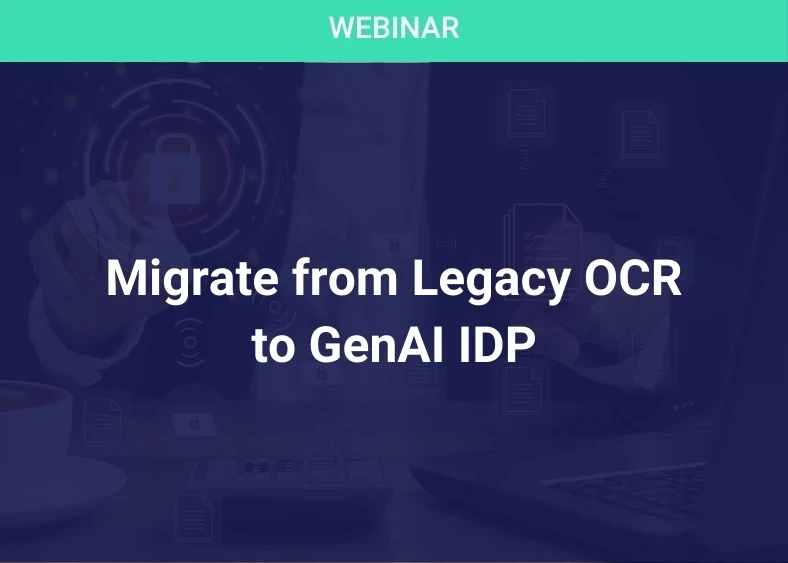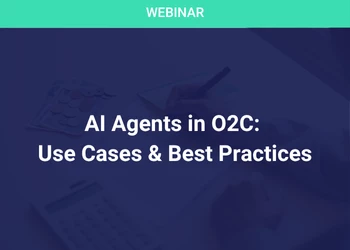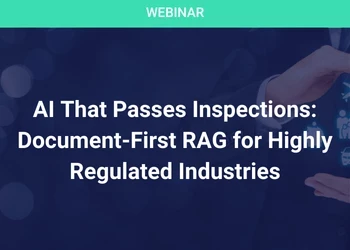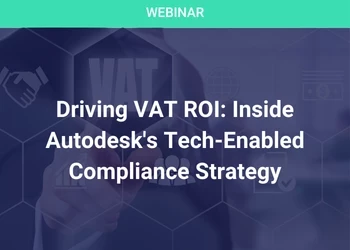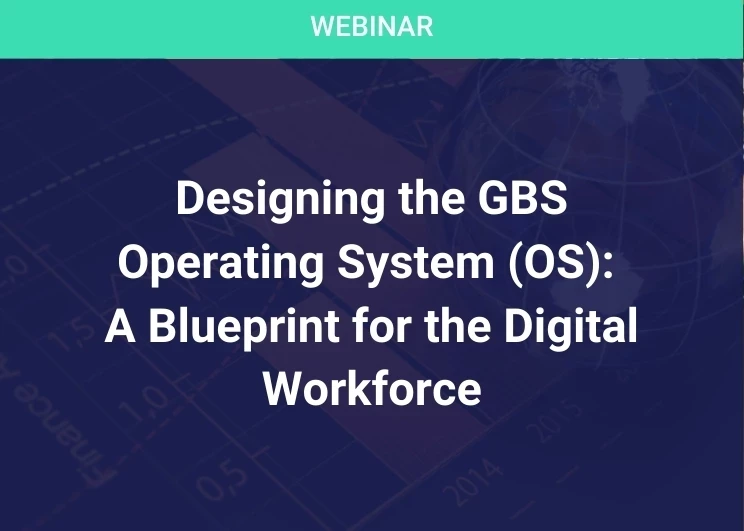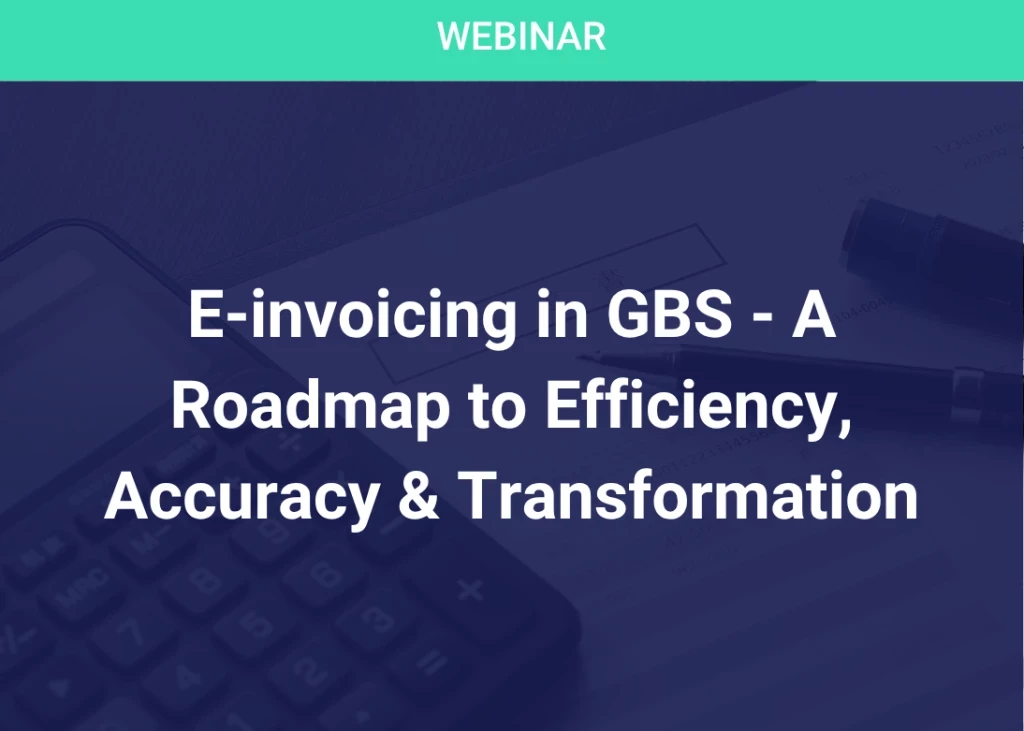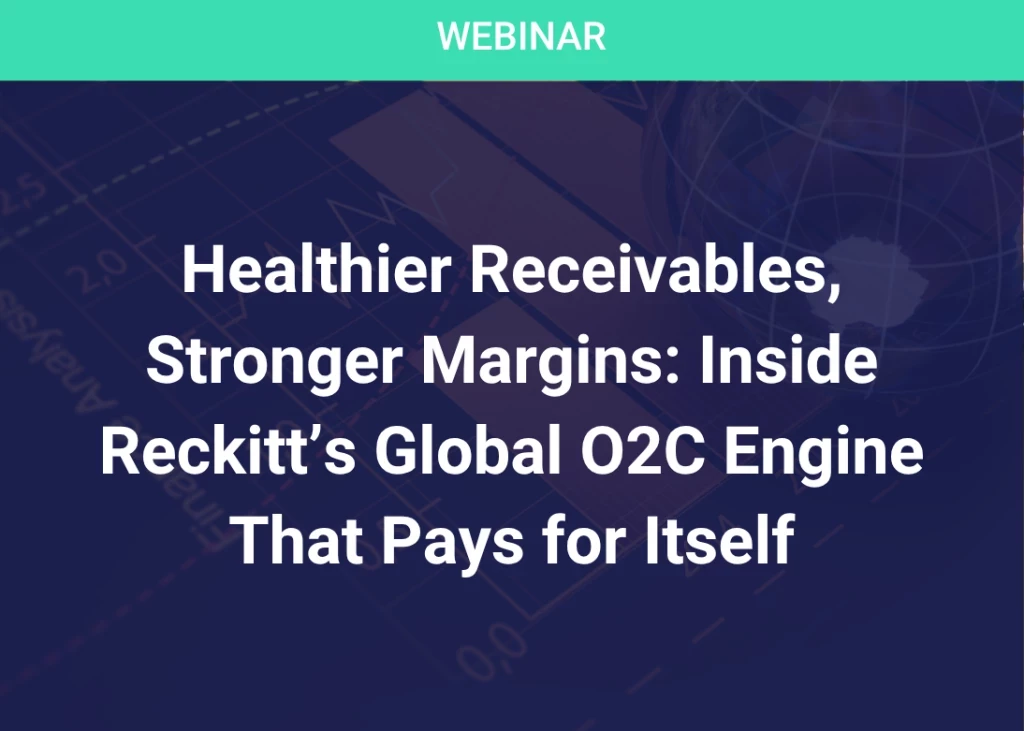The Captive Spin-off: Interview with Michael Whiting, Vice President - Global Delivery, CoreLogic
Add bookmarkInterview with Michael Whiting, Vice President - Global Delivery, CoreLogic
Barbara Hodge: Mike, can you provide some background on CoreLogic’s operations — how was the organization structured after the spin-off from First American?
Michael Whiting: 2010 was a year of significant change for the company. Before June 1, 2010, we operated as The First American Corporation with two business groups – the Information Solutions Group (ISG) and the Financial Services Group (FSG). On June 1, 2010, we completed a transaction in which we retained the ISG business, and spun off the FSG business, including our title insurance business, into a new, publicly traded company called First American Financial Corporation (FAFC). Immediately following the separation, we reincorporated in Delaware and changed our name to CoreLogic, Inc.
CoreLogic is a market-leading provider of consumer, financial and property information, analytics, and services. Our current global footprint includes the United Kingdom, Canada, Australia and Latin America.
CoreLogic had a sizeable operation in India with three captive centers. Can you describe the services provided?
CoreLogic India was founded in 1994, and maintained captive centers in Bangalore, Hyderabad and Mangalore. The captives provided software product development, analytical modeling, domain-centric back-office services and technology support to CoreLogic and its customers. Approximately three quarters of the resources were focused on back-office support, while a small minority of resources fit the description of shared services.
The domain-centric services fell into two major categories. One category was business process outsourcing services, so the standard BPO functions that supported the US businesses, where our clients were mostly major banks and financial institutions; the other piece would be what we call ITO or Information Technology Outsourcing, where we did things like software development programming.
When we sold the business to a third party service provider, Cognizant, there were approximately 2,900 BPO resources and just about 1,000 ITO resources – so, a total of almost 4,000 employees.
Regarding your decision to change your services delivery model, i.e., sell your captives and enter into an outsourcing agreement with Cognizant – why did you want to move away from the status quo?
CoreLogic had identified reasons to continue to evolve its global delivery platform in support of our stated customer and consumer commitments. Additionally, we wanted to shape our future global delivery strategy and to provide a platform to increase our capabilities. So, while CoreLogic India achieved and even surpassed goals of growth, stabilization, and success, we believed it was time to move to the next level.
If you compared CoreLogic India against other players in the industry, we were pretty small and relatively unbranded in the market. If you look at companies like Cognizant, Infosys, Tata Consultancy Services or Wipro, these are household names in India and around the world. With that in mind, going in a different direction really became a combination of several things: a desire to expand our horizons and the global reach of CoreLogic and to partner with a company that had a strong global footprint and domain expertise in the technology world, a company that could give us the productivity and efficiency that we believe we needed.
Of course, what happened was that we sold CoreLogic India to the third party services provider Cognizant, and then immediately turned around and entered into a long-term outsourcing relationship with that provider. So, for all intents and purposes we said: "Look, here’s our platform; make it better; help us grow globally; help us enhance the technology that’s used to service our clients; and let’s improve the combined experience at the same time."
Our service provider had, in parallel, made a strategic decision to focus more on business process services and the emerging data analytics space. This deal provided an opportunity for our service provider to strengthen its position in the marketplace while expanding its domain into other industries, specifically the mortgage industry. To this point, we believe it’s been a win-win for both companies.
What might have been some alternative strategies to consider?
I think there was always the option of continuing to invest in the technology and thus growing the business internally, exploring the Indian market for opportunities to become a broader BPO and ITO partner. But our clear expectation with our service provider was, and is, that they’ll help us grow in ways we couldn’t have grown on our own. Basically, they’ve got clients, we’ve got clients; they’ve got expertise, we’ve got expertise. What we’d like them to do, when they meet with a client who has data requirements, is say "Well, we don’t really have that data but we have this business partner called CoreLogic that does; and if we introduce you to them, then both of us grow." Similarly, if we meet with a client that has IT outsourcing needs, we introduce and leverage our service provider to deliver the implementation and support. The sale of CoreLogic India and simultaneously entering into a long range master services arrangement really just marked the beginning of this relationship.
So how did you select your third party service provider?
Our executive leadership team engaged Deloitte’s Outsourcing Advisory Services unit to provide support and guidance throughout the process. They integrate their expertise in strategy consulting, program management, change management, human capital, and tax, with their intimate knowledge of the various tiers of third party ITO and BPO services providers. We believed that this transaction would be one of the most unique and complex of its type to date and we knew we needed some qualified expertise to advise us.
Initially, we identified seven or eight potential service providers from Deloitte’s canvas of the universe of possible business partners. Deloitte managed both the RFI and RFP processes -- reducing the field to a smaller set of RFP participants, addressing the hundreds of questions that each of the potential service providers had and then managing the down-select process. When we narrowed the field to four entities, Deloitte facilitated oral presentations, where each provider came in and presented its case to us. Finally, we down-selected to two, and ultimately selected Cognizant after a series of very intense negotiating, drafting, pricing, and transition planning discussions.
Give me an idea, Mike, of how much time this took. It sounds like an extraordinary amount of work.
It was! Deloitte was engaged in January of 2011, which is about the time I joined the team; the deal closed on August 17th, 2011. Everything about our schedule was abbreviated even though this was an extremely complex outsourcing deal. Despite the magnitude of effort required, effective program management allowed us to move through the process at an exceptionally fast pace. Our CEO, Anand Nallathambi, was nothing if not persistent about meeting the dates and did not waiver on any of the commitments that we had made. So ultimately, we were able to achieve our timeline.
What were some of the main hurdles that you encountered? When you’re selling a business away from your home territory, so to speak, I imagine there must have been a few complications?
Yes, that’s a very good question. You’re talking about managing a project out of the US while the entity transitioning is 9,000 miles away. We did spend a lot of time on the ground in India throughout the course of 2011 supporting multi-party due diligence and transition planning so certainly, geography created its own challenges. Although having both our service provider and ourselves headquartered in the US did make time-zone management a little bit easier. Some of the negotiations happened in California; some of them happened in New York; but the operation itself was, of course, in India.
The size and diversity of the operation created additional hurdles. I think that our service provider probably came in not completely aware just how complex and diverse the requisite tools, processes, services and micro-domain expertise were. It wasn’t just a generic acquisition of a small call center or applications development management shop. It was relatively large, in the sense of 4,000 employees and dynamic, in that full lifecycle processes and products are delivered.
Then there was the deal structure itself – the commercial aspect was also relatively complicated: How did we want to structure the deal? How do we value this asset? How did we want to take the investment? And of course there were two separate factors under consideration: one was the sale and the other was the multi-year services contract that needed to put in place contemporaneously. So the day that we closed, we went from being the seller of a company to becoming one of Cognizant’s largest clients.
Deloitte helped us meet the demands of the strict delivery timeline and to manage two significant streams simultaneously. If you imagine, for a moment: all of us are at a large conferencing facility, with 20 people sitting around one table working out the commercial aspects of the deal – the sale of CoreLogic India. And then, in another room, there are another 20 people working out the details for the long-term outsourcing contract. I was glue in the middle, because I had to know exactly what was happening on the commercial side, and how it fed into the deal structure for the long-term outsourcing engagement. The work for us as a vendor management organization really began on August 17th, 2011 when we closed this deal and started our long-term contract with the third party service provider.
And this long-term relationship is run through the vendor management organization (VMO), correct?
Yes, it is wholly governed by the vendor management organization.
Can you describe how that is set up?
We’ve got a small elite team, by industry standards, which guides this relationship. Right now we’ve got a small group that represent the vendor management organization. Most of the team is in India – seven people – and then we have leadership and governance based in the U.S. As we established the vendor management team, we selected key talent from the CoreLogic India team with a combination of domain and process knowledge and experience, who wanted to remain with CoreLogic, and built the vendor management organization out from there. We felt established relationships, domain expertise and process knowledge and experience were foundational and we could develop or acquire vendor governance and management competencies.
So far, we believe that it is going very well, based on how our team is structured. Actually, in developing this structure, Deloitte helped us draft a proposal for how to organize the vendor management group. They came to us with a framework; a proposed infrastructure; suggestions for what some of the tools might be; what the organization should look like; how many people should be involved; etc. We did customize the original proposal and made it our own but Deloitte did stay with us for several months after the sale, so that we were truly up and running.
What are your plans for this vendor management group? You’re obviously developing a skill-set in managing an outsourced relationship. Could you leverage that for CoreLogic’s benefit somewhere else?
The idea is to cut our teeth on this third party service provider relationship. We want to make sure that this relationship is first stabilized, then begins to evolve to being truly high performing, and that our business partners throughout CoreLogic are satisfied with the service and experience that they are receiving. This is of the utmost importance to our team. We also need to make sure that all the contractual issues are worked out; that all the SLAs are in place; that everybody’s happy with the governing structure and with performance; that we’re on top of any concerns that might exist; and so on. Once we feel that we’ve demonstrated to our own internal clients and their clients that we’re managing the third party service provider relationship well, and that we’re actually adding value, then we will have the opportunity to get involved with the broader third party service provider relationships that we have throughout CoreLogic. That will add some additional diversity and scale to the VMO.
So, in the long run, we hope to end up with one consistent way, for example, of managing contracts; one consistent way of paying the invoices; one consistent way of gauging performance; one consistent way of managing renewals; and so on. So there will be one center of excellence that serves the company that knows everything there is to know about the key service providers. Today, you might have to speak to 15 people to get 15 pieces of service provider information; tomorrow, it’ll just be the VMO from an overall governance perspective without intruding on the business leaders who manage day to day performance.
What I think is important to point out is that the vendor management organization is just a part of what I manage, which is Global Delivery. Our vision is to evolve Global Delivery to facilitate ensuring that CoreLogic is strategically and consistently using the best mix of local delivery – on site, on shore – and global delivery – near shore, off shore – to achieve the company’s commitments. If our CEO comes to me and says, "Mike, we’re thinking about expanding our footprint in Europe, how should we organize our delivery model?" Well, we’ve done the due diligence associated with both client and talent markets in that part of the world, so we can provide information on available talent, local and regional economies, geo-political concerns, and other data key to assessing such an expansion. Our team must be the advisors to the business on all things resource delivery-oriented so we can assist ensuring that CoreLogic has the right resources in the right place at the right time and the right cost as we grow.
So this global delivery group is effectively leveraging all data for resource management?
That’s right. We envision ourselves as being the advisors to the business on how we resource for growth. So if someone says, "We’re going to put a thousand more people in the Country X, we might say "We’ve done some benchmarking and it seems as though we don’t want to have 40% of our global resources in that location but a more appropriate balance considering all of the factors that we must balance is 20%." We want to be able to provide guidance. Of course, these are just hypothetical situations but they represent what is required as we transition from a local or national resource based firm to a truly global resource based firm.
It’s all about data analysis, isn’t it?
That’s right, so here’s the connection between Global Delivery overall and the function of the VMO. We would like to think that we will align with our business leaders as we grow in other geographies providing informed guidance whether as to broader resource management or more narrow assessments on when we have the need for a third party service provider. We will be able to help take a deal from concept to execution. Once a third party delivery relationship is established, we will recommend that the overall governance become part of the VMO’s set of responsibilities.
I have one last question about risk. What is your strategy? You’ve handed out these processes. How do you protect yourself against risk should something go wrong with the outsourcing relationship?
I would say the primary mitigating instruments for that kind of risk would be a strong Master Professional Services Agreement (MPSA) that includes termination language and disincentives for non-performance. Also, it is important for the MPSA to be supported by well documented statements of work (SOWs) and a defined service level agreement (SLA) at the right level of granularity.
One of the reasons we chose our third party service provider was for their growth potential, their strength, their expertise in the world of technology and their global footprint. Many of the risks that you might have with a smaller service provider are mitigated when dealing with an entity of larger size, expertise and financial strength.
We have explicit commitments from both CEOs to evolve the relationship with Cognizant so that both firms will grow, thrive and benefit. They keep in close connection with how the outsourcing arrangement is performing.
The vendor management organization is the group in the middle of everything that moves, with regard to outsourcing relationships. We’re at the instrument panel so to speak; we’re watching performance factors; we’re watching how the invoice works and making sure it’s accurate and paid on time; we’re watching all the things that might present risk to our organization and ensuring that all those things are addressed and stabilized and that the business leaders are content with everything that’s happening. Ultimately we are accountable for making sure these solutions deliver as expected.
